Places to Go for an Anniversary Trip
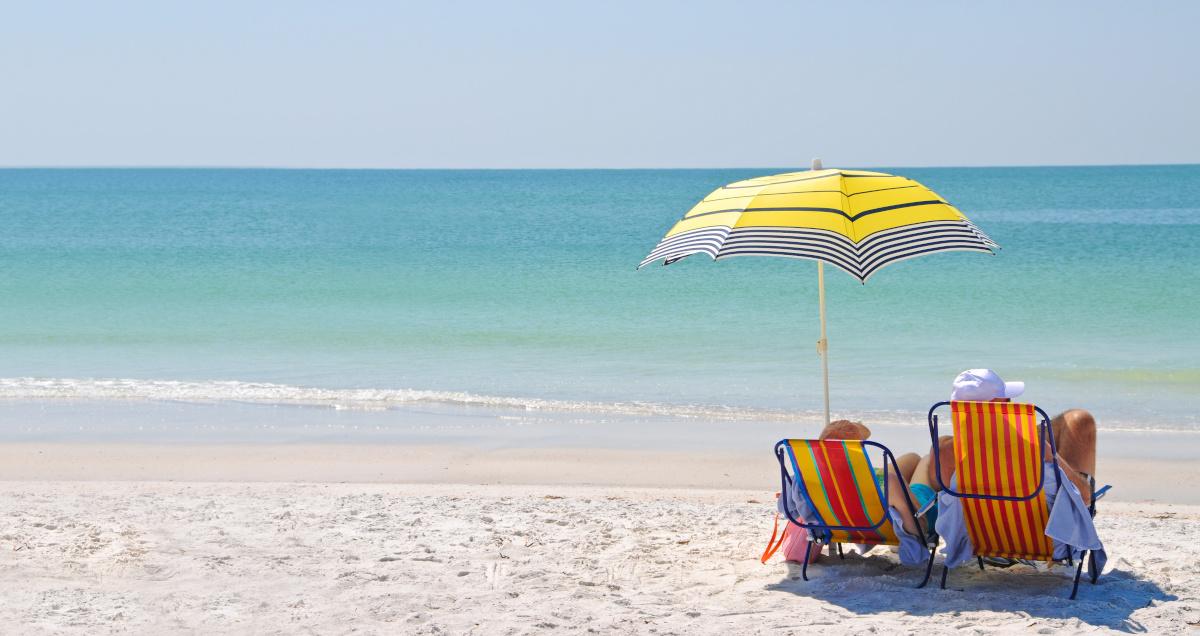
Searching for the best places to visit for your anniversary? Well, you are in the right place! An anniversary trip should feel like more than just another holiday since it’s a celebration, a memory in the making. I’ve sought out destinations where romance and adventure blend seamlessly. If you base yourself in one of these hidden gems for a few days or as a local like we did, you can day trip to all the places around you. From fairytale landscapes and timeless ruins to serene beaches and awesome drives, here are some unforgettable picks for your next anniversary getaway.
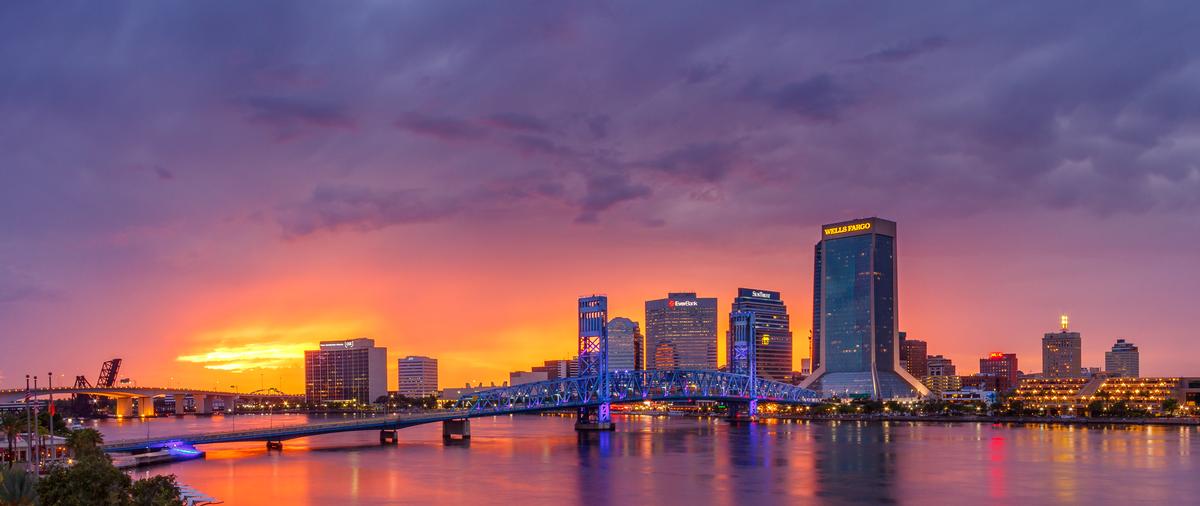
1. Jacksonville, Florida
For our anniversary, this city turned out to be the perfect mix of coastal beauty, city buzz, and hidden romantic spots (we flew in from Austin) but you can drive 2 hours from Orlando. It’s a city that stretches out along the St. Johns River and the Atlantic Ocean, giving you the best of both worlds: lively neighborhoods with arts, dining, and nightlife, and wide sandy beaches just minutes away.
We enjoyed our morning walks on Neptune Beach, then visited the Cummer Museum of Art & Gardens before checking into Margaritaville Jacksonville Beach for two nights where I loved waking up with views of the beach.
We also enjoyed the Riverside Arts Market and the walking trails in Timucuan Preserve.
- Location: In northeastern Florida along the St. Johns River, near the Atlantic coast and south of the Georgia border
- Drive Time from Orlando: ~2.5 hours north
- Vibe: Relaxed coastal city with a quiet spark
- Best Time to Visit: March–May or September, early November for breezy days and fewer crowds
- Location: In southwestern New Hampshire in Cheshire County, along the Connecticut River north of Keene and east of Bellows Falls, Vermont
- Drive Time from Boston: ~2 hours northwest
- Best Time to Visit: Early to mid-October for peak foliage and orchard season
- Route: Various curated routes across Europe. Past editions included London to Venice, Geneva to Monaco, and more
- Vibe: Luxury, camaraderie, open-road exhilaration
- Highlights: Scenic routes, luxury hotels, curated dining, photo ops, and a non-competitive spirit
- Best Time to Join: Summer (June–September); exact dates vary by route
- Cost: Packages typically range from £6,000–£15,000 per car (based on itinerary and accommodation tier)
- Who It’s For: Car lovers, couples, adventure seekers. No racing experience required
- Location: In western Norway in the village of Loen, rising from the Nordfjord to the top of Mount Hoven in the Vestland region
- Best Airport: Ålesund (AES) or Bergen (BGO)
- Cost: Round-trip skylift ~NOK 600 (~$55 USD) or consider a tour
- Best Airport: Edinburgh (EDI) or Glasgow (GLA)
- How Many Days: 7–10 for a full walking experience
- Time of Year to Visit: June–September (long days & mild weather)
- Tour Provider: Country Walkers
- Regions Covered: Scottish Borders, Loch Lomond & The Trossachs, Highlands (routes may vary)
- Vibe: Intimate, unhurried, quietly profound
- Don’t Miss: Local stories from the guides, countryside inns, shared tea in the rain
- When to Go: Late spring through early fall for wildflowers, long days, and gentle weather
- Highlights: Homemade meals, market tours, hands-on cooking classes, cultural exchange
- Best Time to Book: A few weeks in advance; evenings and weekends fill up quickly
- Cost: Typically $40–$100 per person depending on city, course, and experience
- Location: Buenos Aires, Argentina
- Vibe: Elegant, curated, deeply local
- Highlights: Private shopping with an expert guide, access to independent designers, personalized route based on style and budget
- Best Time to Visit: March–May or September–November for mild weather
- Cost: Tours start around $150–$200 USD per couple; purchases vary
- Hours: Typically 3–4 hour sessions; mornings and afternoons available
- Location: Carriages line up along Central Park South (near 59th Street)
- Vibe: Romantic, floral, timeless
- Highlights: Blooming cherry trees, Bow Bridge, carriage ride through Central Park, candlelit dinner nearby
- Best Time to Visit: April–May for peak blossoms; evenings for a softer glow
- Cost: Standard rides ~$60–80 for 20 minutes; longer routes available
- Hours: Daily, 10am–midnight
- Location: In central Colorado in Summit County, high in the Rocky Mountains along the Tenmile Range, southwest of Denver
- Drive Time from Denver: ~2 hours west
- Best Time to Visit: Late September–early October for golden aspens and crisp air
- Location: In western Arizona along the Colorado River, near the California border, south of Bullhead City
- Drive Time from Phoenix: ~3.5 hours northwest
- Best Time to Visit: October–April for cooler temps and fewer crowds
- Location: In central Colorado in Douglas County, between Denver and Colorado Springs along the Front Range
- Drive Time from Denver: ~45 minutes south
- Vibe: Laid-back, outdoorsy, with just enough polish
- Best Time to Visit: September–October for mild weather and fall color
- Drive Time: Queenstown to Glenorchy ~45 minutes along Lake Wakatipu
- Vibe: Queenstown: adventurous, lively; Glenorchy: serene, intimate
- Best Time to Visit: Late spring through early autumn for clear skies and comfortable temperatures (in New Zealand seasons are reversed, so that means December through March)
- Cost: Free to explore landscapes; gondola ~$50; fine dining varies ($$$)
What I loved best:
Brunch at Secret Garden Café - The shrimp were tender and smoky, the grits creamy and rich, and everything smelled like garlic and bay leaf and sunshine through a window. We ate slowly, enjoying our time together.
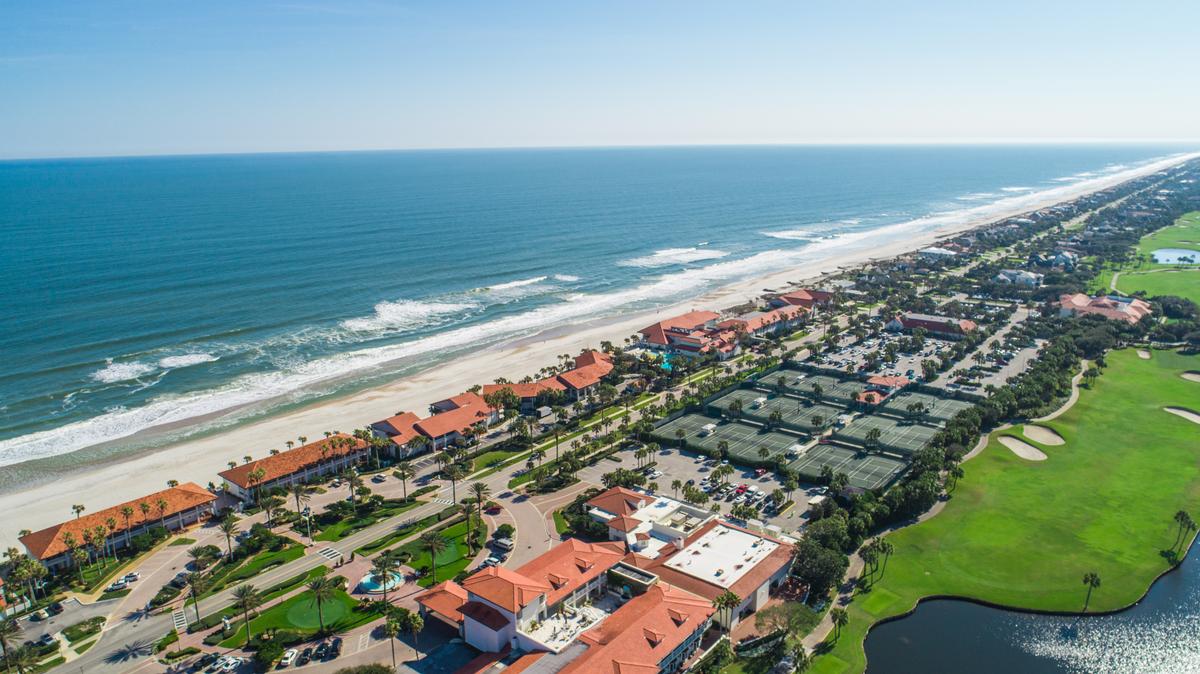

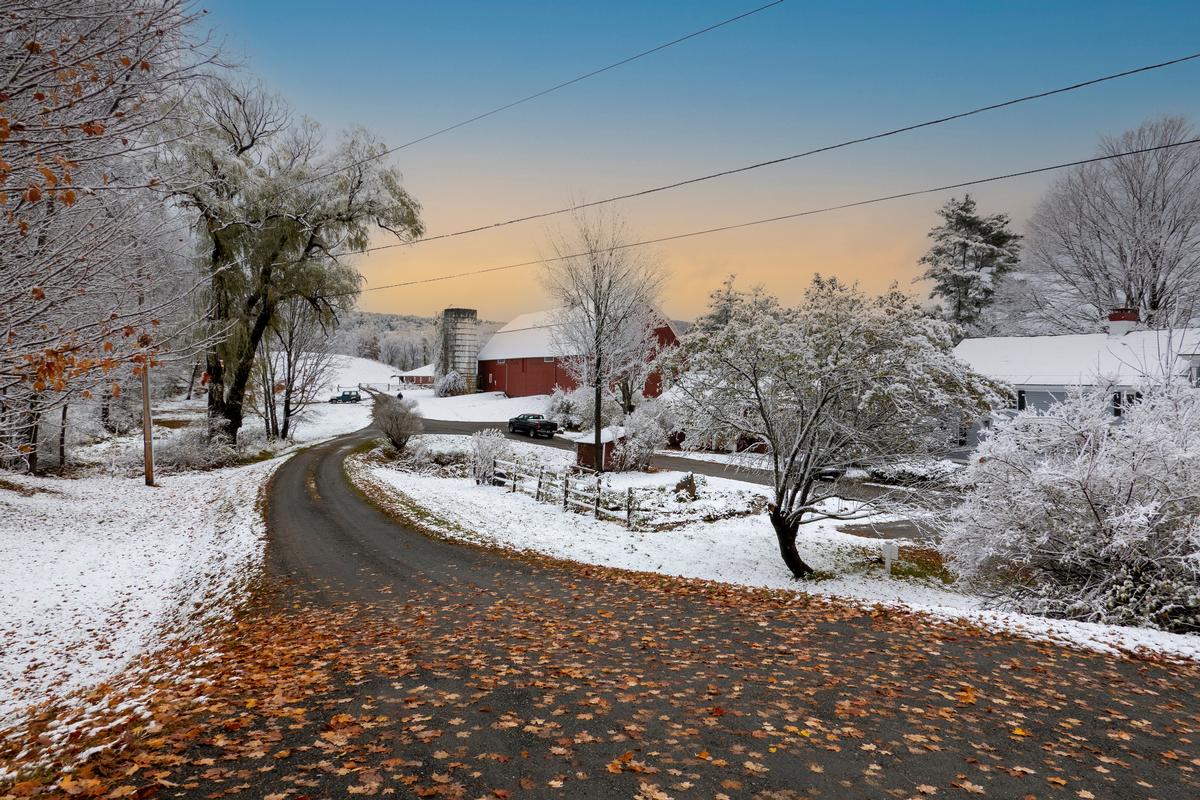
2. Walpole, New Hampshire
Fall in this small New England town was a dream. We discovered crisp mornings and golden afternoons, gardens still bright with late-season blooms.
Quaint and historic with a strong sense of community, I admired Walpole’s Colonial-era architecture, its lovingly preserved main street, and Connecticut River Valley views that completely won me over.
I also loved discovering that fall brought the Walpole Fall Artisans Tour, orchard festivals in the surrounding countryside, and lively harvest events at nearby farms.
We touched down at Manchester-Boston Regional Airport and filled seven bright days with scenic drives along the Connecticut River Byway, hikes up Fall Mountain, quiet walks through the historic village green, and doughnuts from farm stands dotting the countryside.
Don't skip a slow walk through Alyson’s Orchard and pick apples together. It's very romantic in the fall!
What I loved best:
Staying at the cozy Bellows Walpole Inn was a highlight, where I enjoyed its charming Colonial décor, breakfasts of warm blueberry muffins and apple cider, and the peaceful garden views! It's a real hidden gem for a historically-themed anniversary year-round and I think you will love it as much as I did.
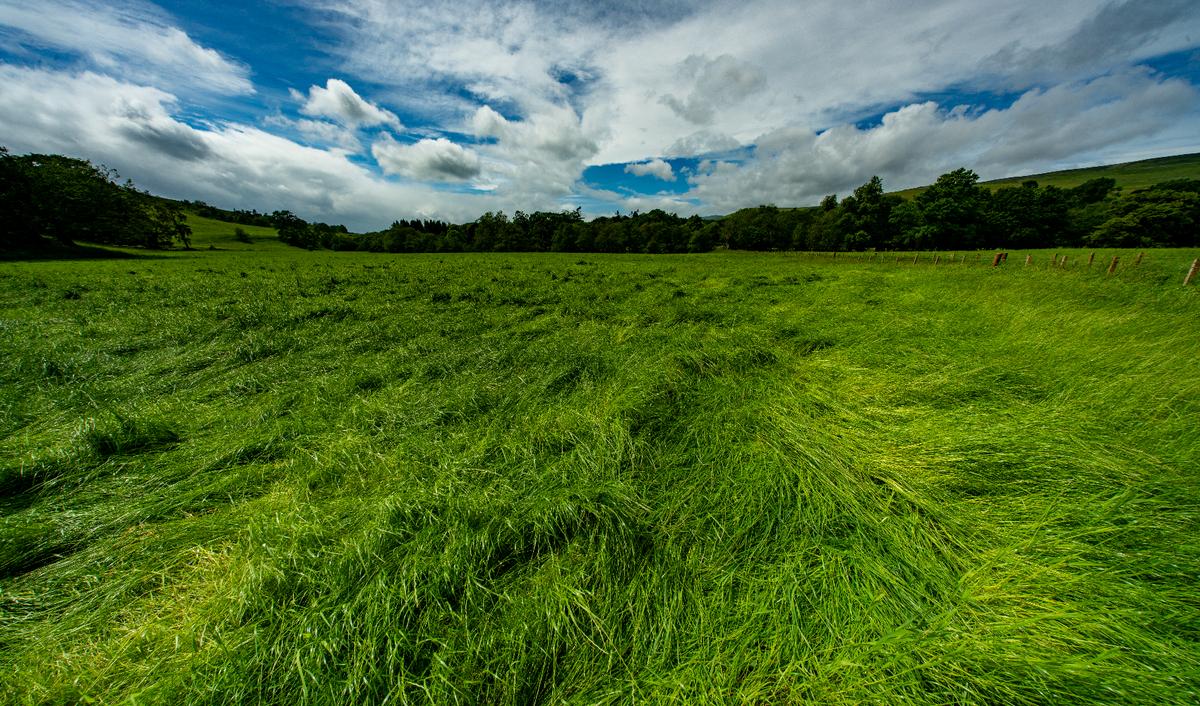
3. Verve Rally, Europe
I also wanted to include a trip that I haven't done myself but have been planning on it. I think you will love it if you can make it happen. Verve Rally is about seeing Europe’s most iconic roads from behind the wheel of a dream car, with just enough glamour to make every pit stop feel like a film set.
This truly is one of a kind anniversary journey that I've been dreaming about for years!
What I loved best:
Visiting many towns in a short time.
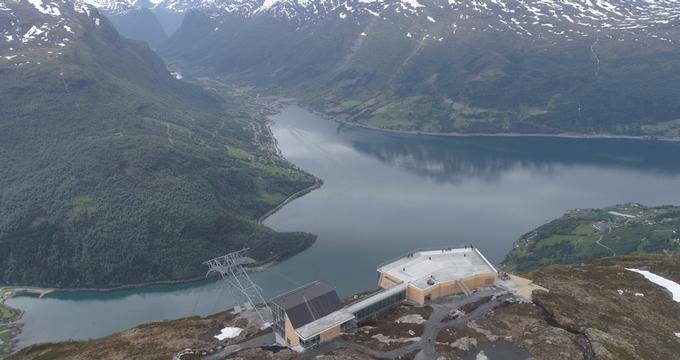
4. Loen Skylift, Norway
“The world just got quieter,” I thought as we rose above the fjord, our gondola climbing toward the clouds. The Loen Skylift lifted us from green valley to snowy mountaintop in minutes, but time stretched at the summit. Air was thin and cold, views endless, and everything below looking smaller, softer, quieter. We based ourselves in Hotel Alexandra in Loen for three days and took Loen Skylift up two morning in a row. It truly was a spectacular way to celebrate our anniversary.
What I loved best:
Lunch at Hoven Restaurant, right at the summit is a must! I had stew with root vegetables and cloudberry compote. The stew was rich and savory, the meat tender, the broth filled with thyme and something smoky. It smelled like pine, pepper, and the cold. We ate slowly, every bite a warm answer to the wind outside.
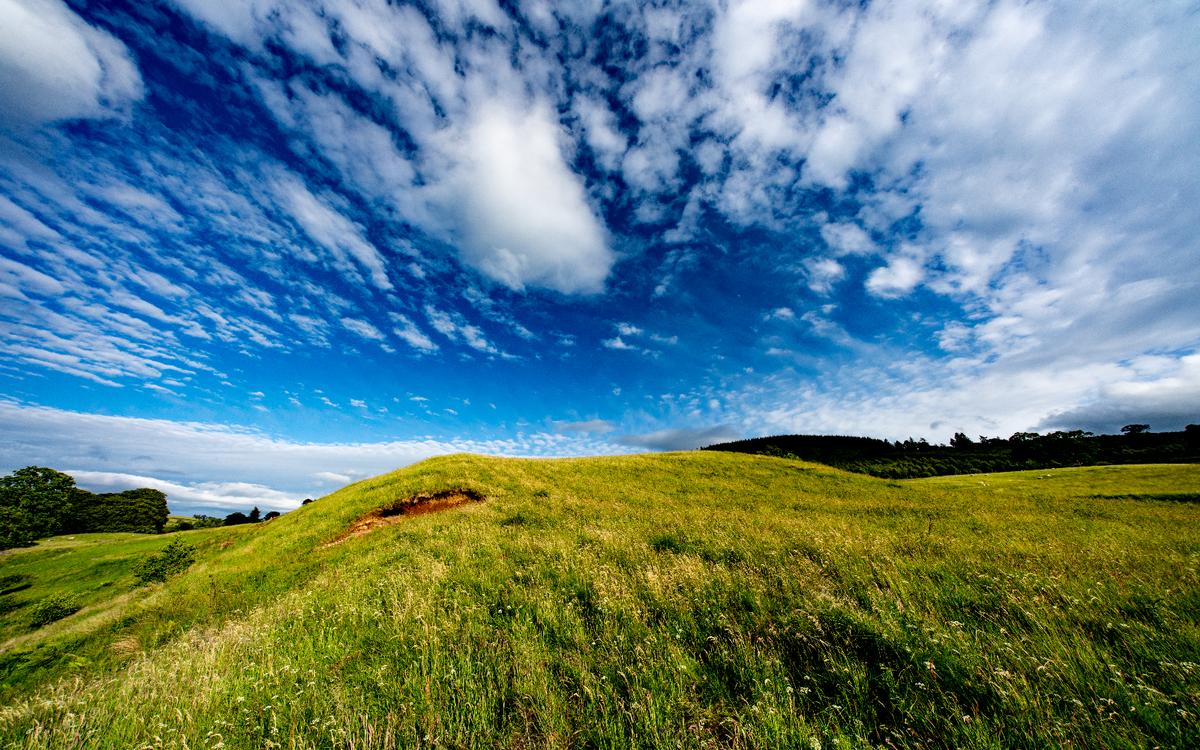
5. Scottish Walking Vacation
Welcome to Scotland, where dramatic landscapes, misty lochs, and timeless traditions set the scene for an unforgettable walking vacation. My favorite month to visit is June! In 2023 we spent four weeks in Scotland in a cottage in Crieff.
This is one of the best anniversary vacation ideas because in June, the Highlands and islands come alive with long days of golden light, wildflowers in bloom, and fresh breezes off the North Sea. Walking here feels like stepping into a living storybook, with ancient castles, cozy villages, and sweeping mountain views guiding your journey.
Over several days, you’ll follow trails that wind through heather-clad hills, along rugged coastlines, and beside tranquil lochs.
What I loved best:
How each step offers new perspectives—whether it’s the quiet beauty of a glen, the bustle of a market town, or the warmth of a local inn at the end of the day.
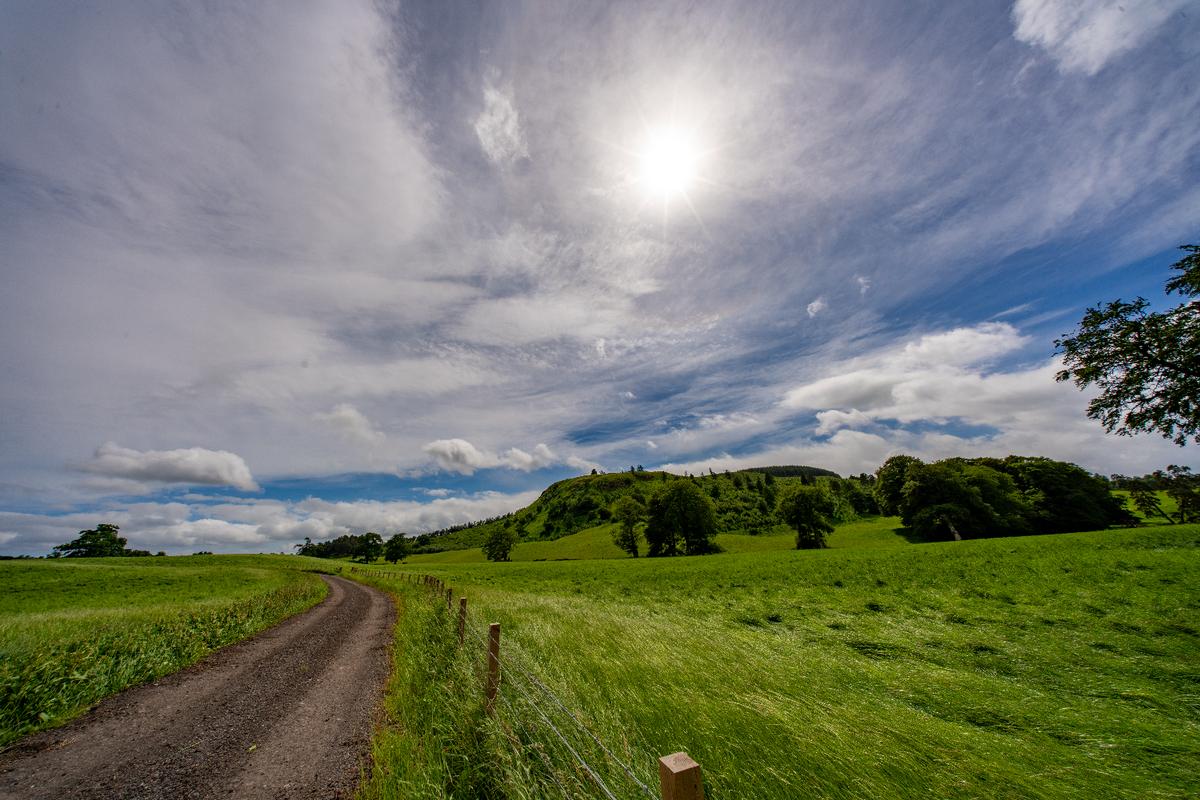

6. Eatwith: At Home Around the World
After a quick 60-minute train ride from Pisa to Florence, Italy, we shared a soulful home-cooked meal with an EatWith host whose recipes had been passed down for generations.
Eatwith wasn’t a restaurant. It was an open door. A seat at a local’s table, where the best flavors came with stories, and dessert always came with laughter.
You don't have to travel to Florence either. Eatwith offers hosts all around the world so chances are you can easily plan a local, affordable anniversary experience.
What I loved best:
Delicious flavors close to home.
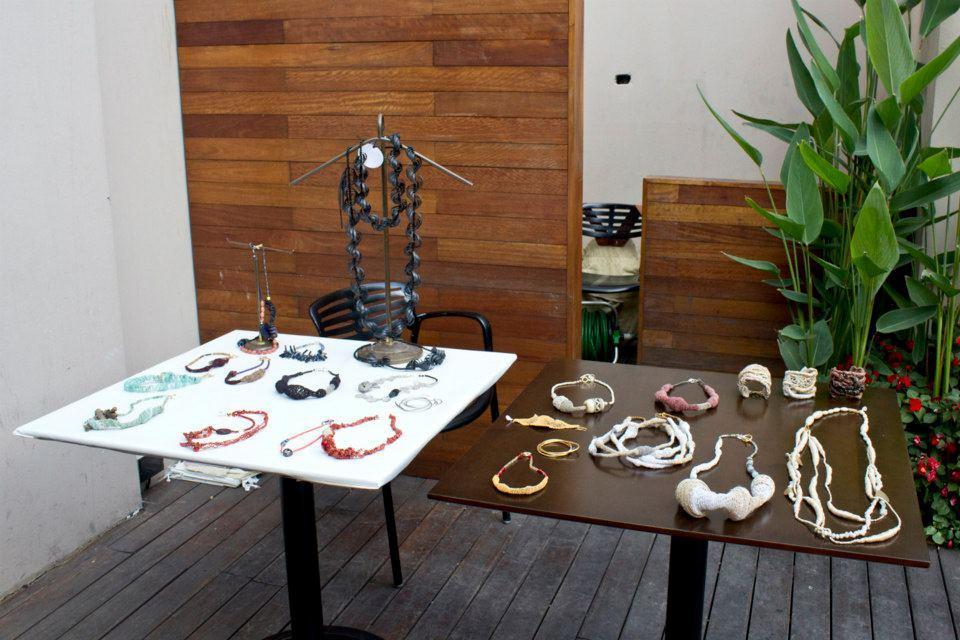
7. Shop Hop, Buenos Aires
“This feels like a love letter dressed in linen,” I thought as we stepped into a sunlit boutique tucked behind ivy-covered walls. With Shop Hop, shopping in Buenos Aires wasn’t about bags or brands. It was about discovery. We wandered with a local guide who knew every secret showroom, artisan studio, and quiet alley humming with design.
What I Loved Most: How personalized it felt. Each stop was tailored to our taste, each conversation layered with history and warmth. It wasn’t just retail therapy. It was cultural connection with a stylish edge.
My highlights? After trying on handmade leather loafers, we stopped at Café Rivas for a quiet lunch. I had grilled provoleta cheese with roasted tomatoes and fresh sourdough. The cheese crackled at the edges, the bread was soft and smoky, and it all smelled like basil and warm wood.
What I loved best:
We sipped tea, bags at our feet, feeling like locals for an afternoon.
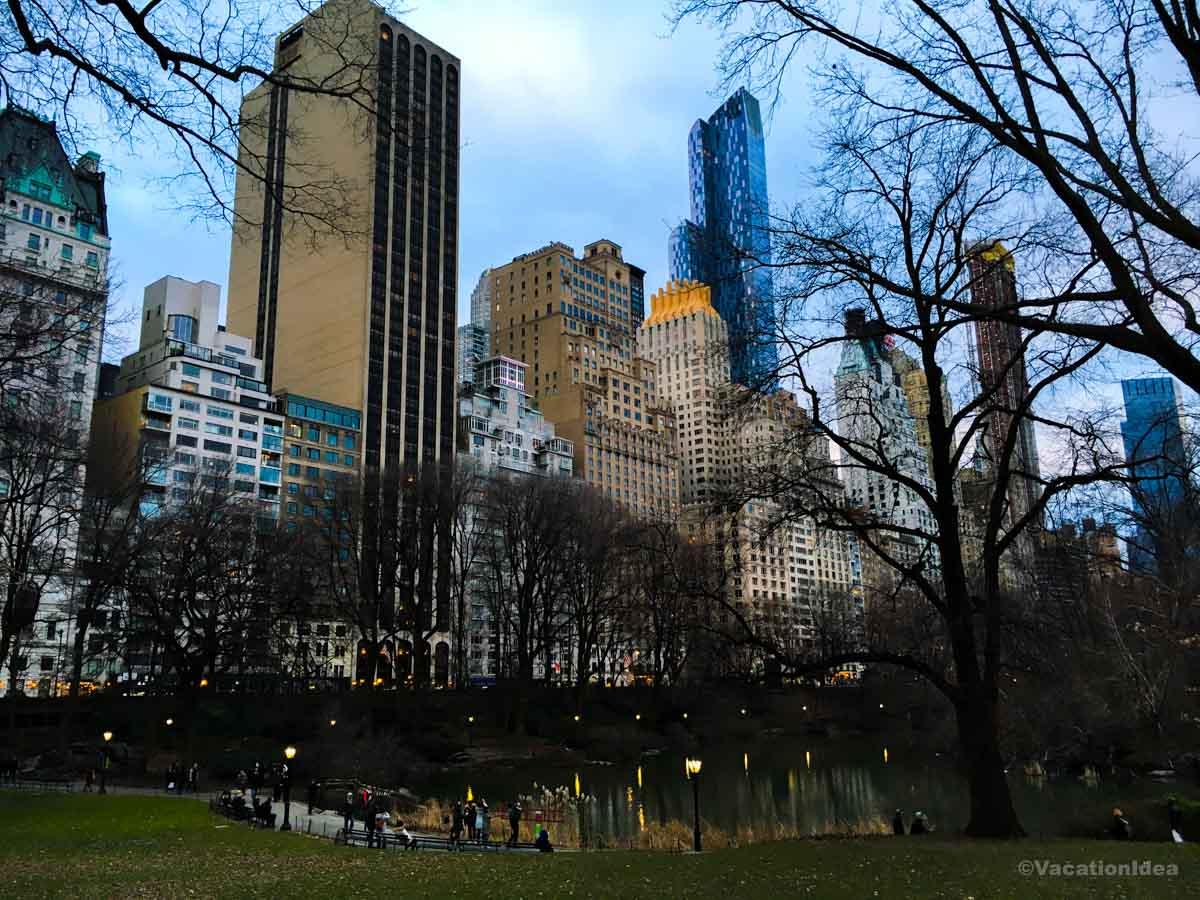

8. New York City Anniversary Carriage Ride in Spring
We lived in NYC for ten years and one year we decided to celebrate our anniversary with a carriage ride through Central Park. Yes, it's a bit of a tourist trap but it was still fantastic! You can just walk up to the first carriage in line at the Plaza and hop in.
I loved passing under the trees, sharing the path with bikers and walkers (there are usually no cars once your horse enters the park). You can see the New York skyline all around you and have a quiet chat!
You can spend the night at the Plaza hotel or somewhere near Central Park so that you don't have to walk too far.
What I loved best:
We rented a row boat after which was a highlight.
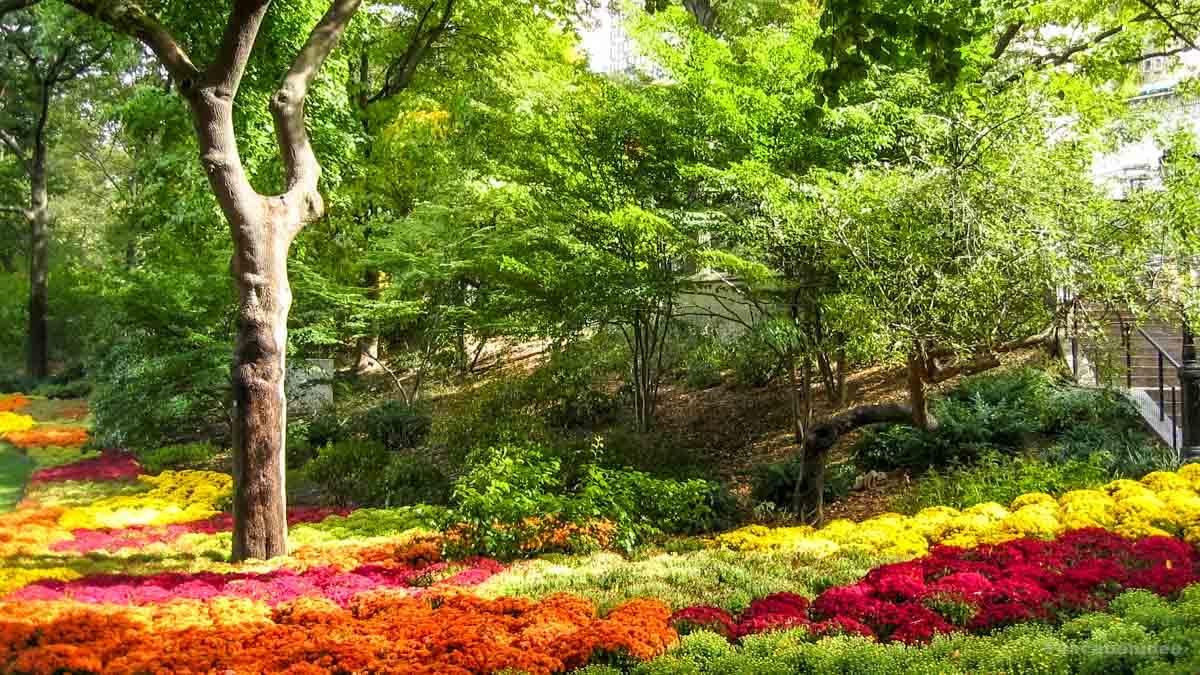

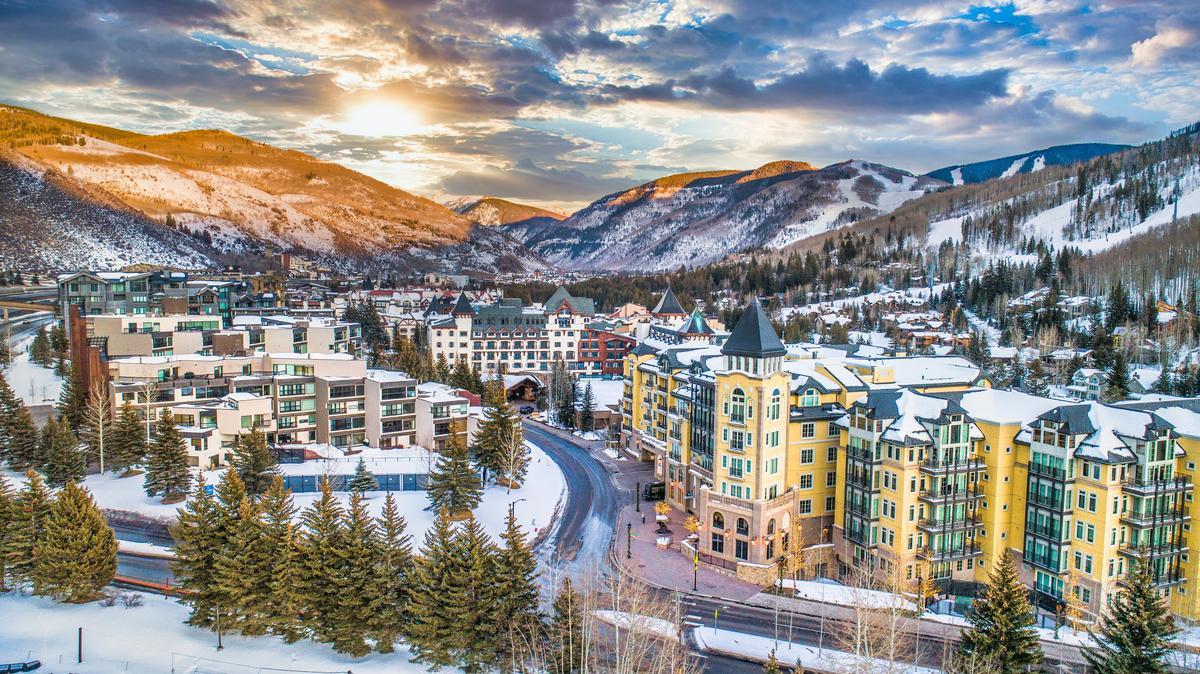
9. Breckenridge, Colorado
This is the kind of place that feels tailor-made for romance. Tucked high in the Rockies, it’s all about crisp mountain air, colorful Victorian streets, and stunning alpine backdrops that shift with the seasons. We got married in early October which is the perfect time for a fall foliage getaway in Breckenridge.
After checking into Marriott's Mountain Valley Lodge for two nights, we took the gondola up the mountain, looked for Isak Heartstone the Troll (Breckenridge’s whimsical wooden sculpture in the woods) which we didn't find but that's ok.
What I loved best:
Next day breakfast at Columbine Café with fried eggs and housemade toast was a hightlight. It smelled like sage and maple, and the potatoes were crisp and caramelized. We lingered over mugs of strong coffee.
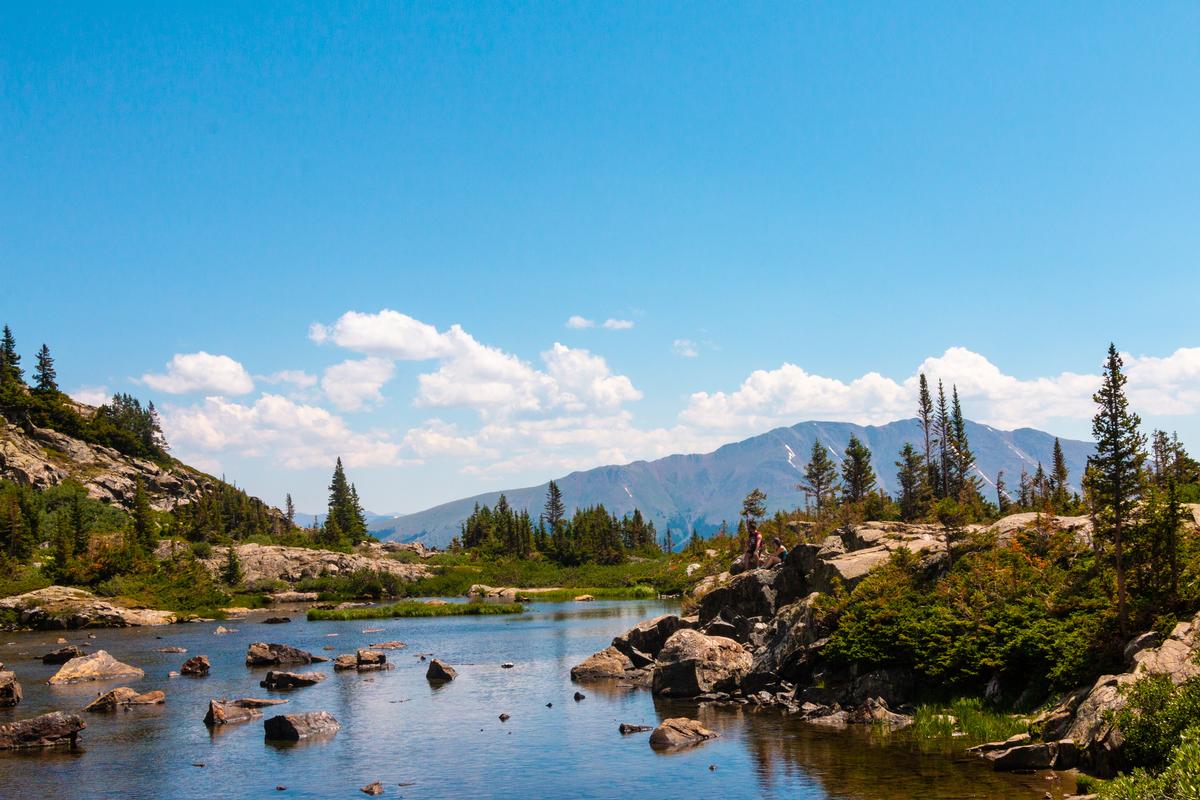
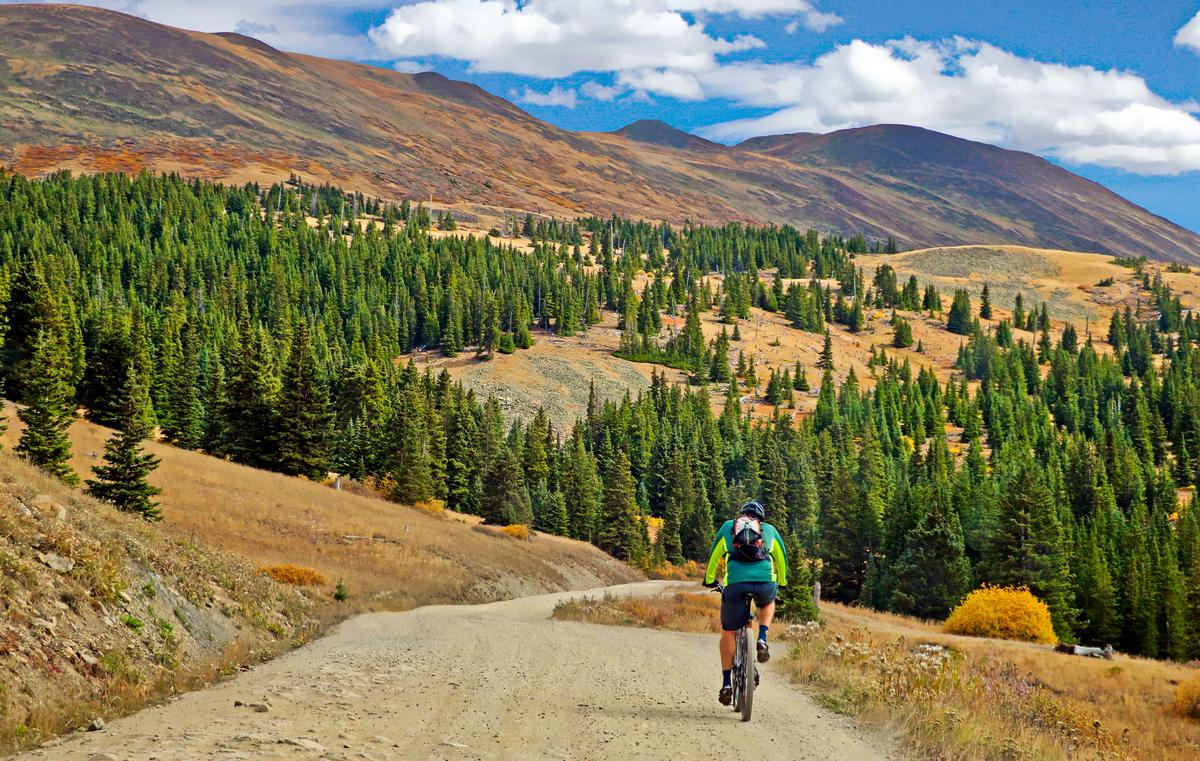
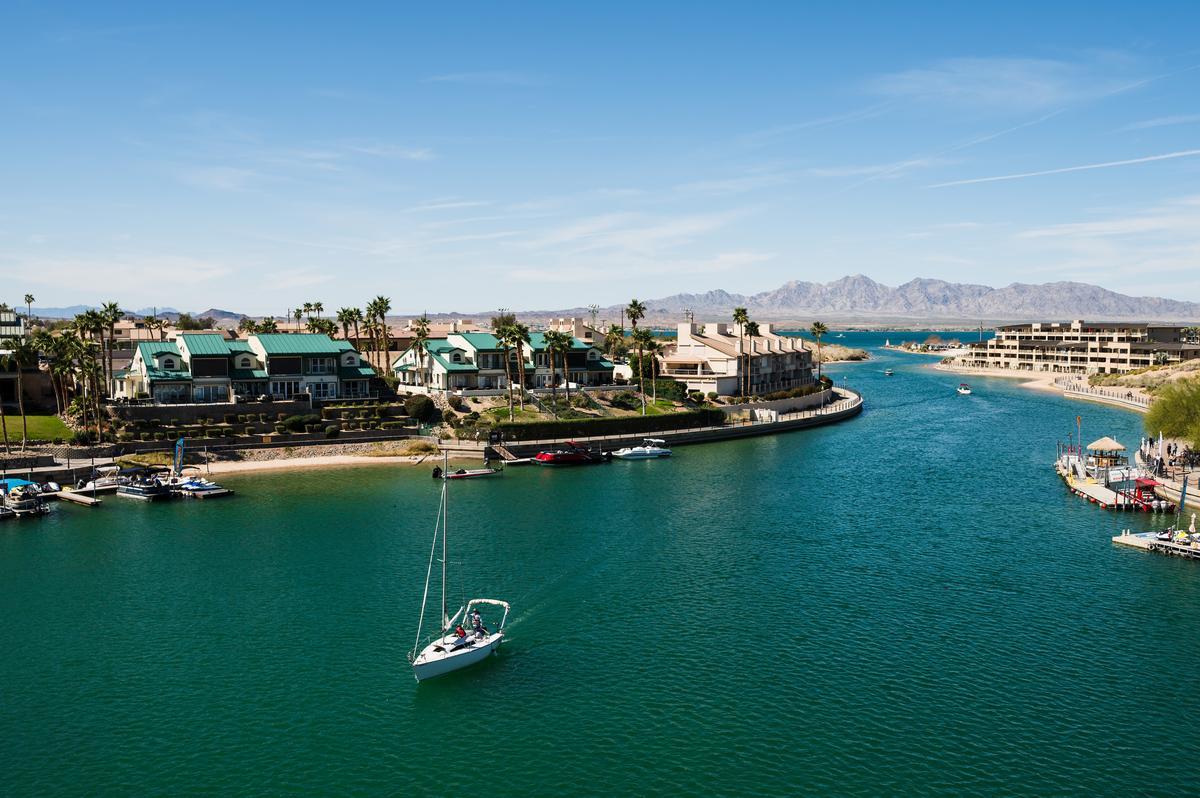
10. Lake Havasu City, Arizona
I adored visiting this quirky desert oasis in October, when the days were still warm and sunny, the nights cooled off just enough to stroll along the water, and the iconic London Bridge looked spectacular lit up against the starry sky. Seasonal boat parades and Halloween-themed events along the shoreline gave the whole city a festive, slightly playful vibe, while the annual London Bridge Days brought parades, fairs, and a touch of old-world charm right to the Arizona desert.
We drove about 2.5 hours from Phoenix, spent a long romantic weekend exploring the lake by kayak and pontoon, wandered through the shops and pubs of the English Village, and hiked the rugged trails of Sara Park and the scenic Crack in the Mountain. Sunset cruises on Lake Havasu offered sweeping views of the mountains, and evenings by the water felt unforgettable.
Local tip: If you don't have a whole weekend to celebrate your anniversary, you can also day trip here from Phoenix, just get an early start before the sun gets too strong!
What I loved best:
Staying at the historic London Bridge Resort for two nights, I loved its unique setting right at the foot of the bridge, sipping their signature Lake Havasu Sunset cocktail by the pool, and learning about how the bridge was painstakingly transported stone by stone from England in the late 1960s—a surreal slice of history in the middle of Arizona’s desert.
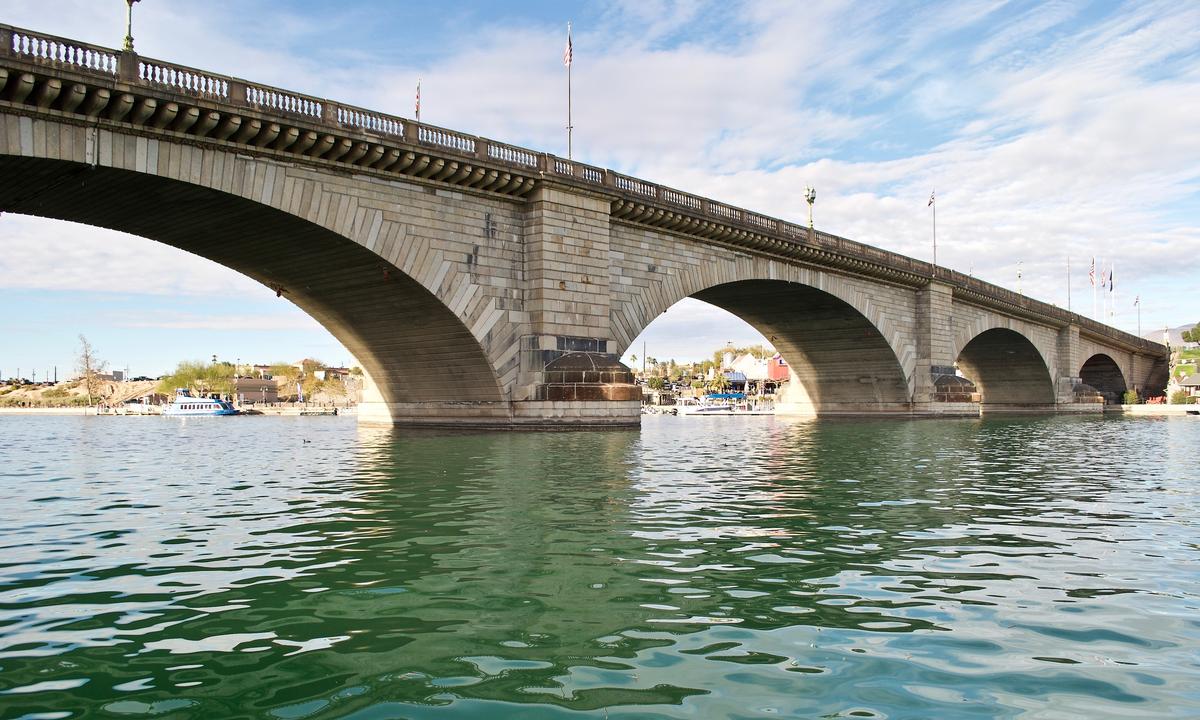
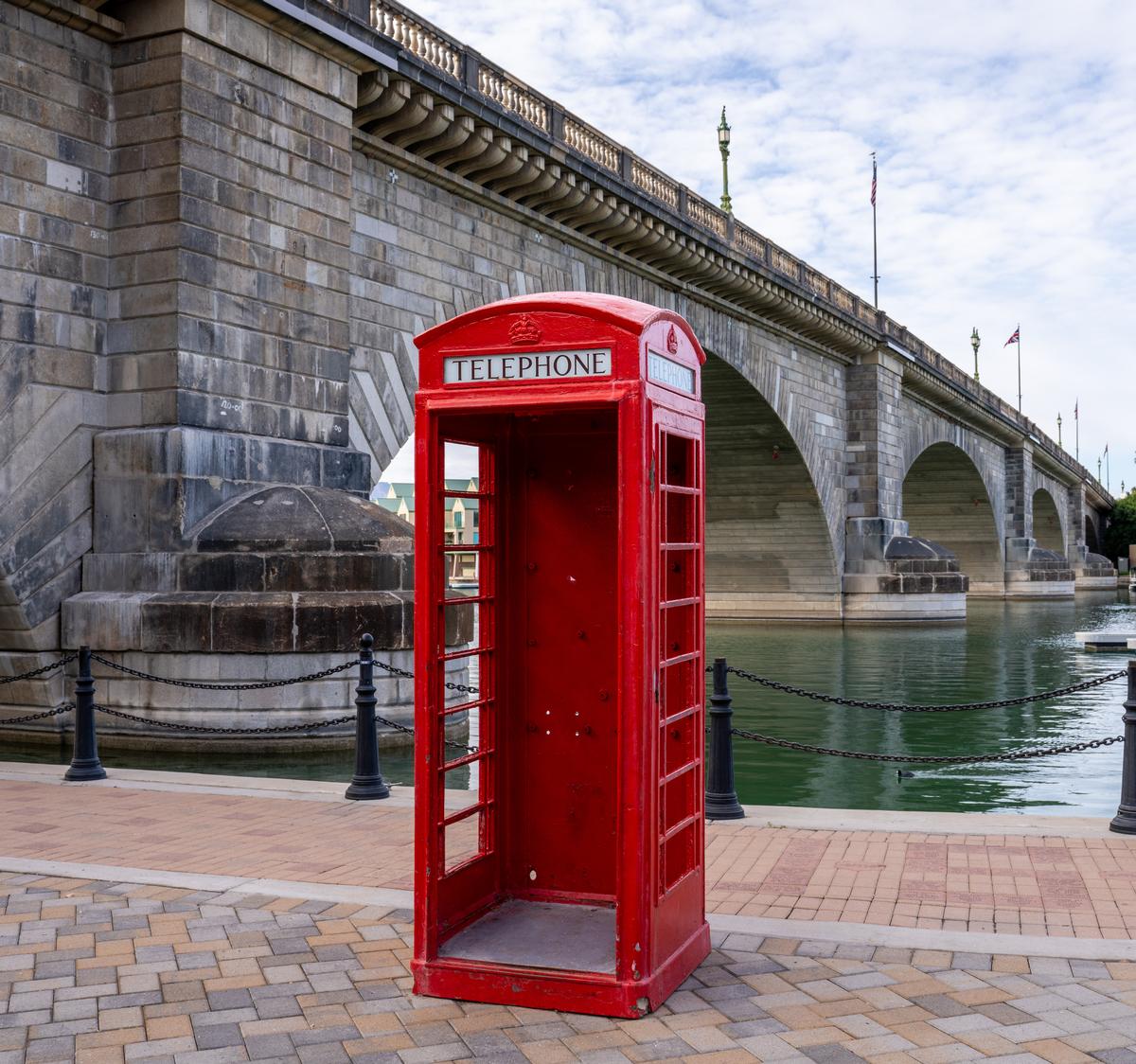
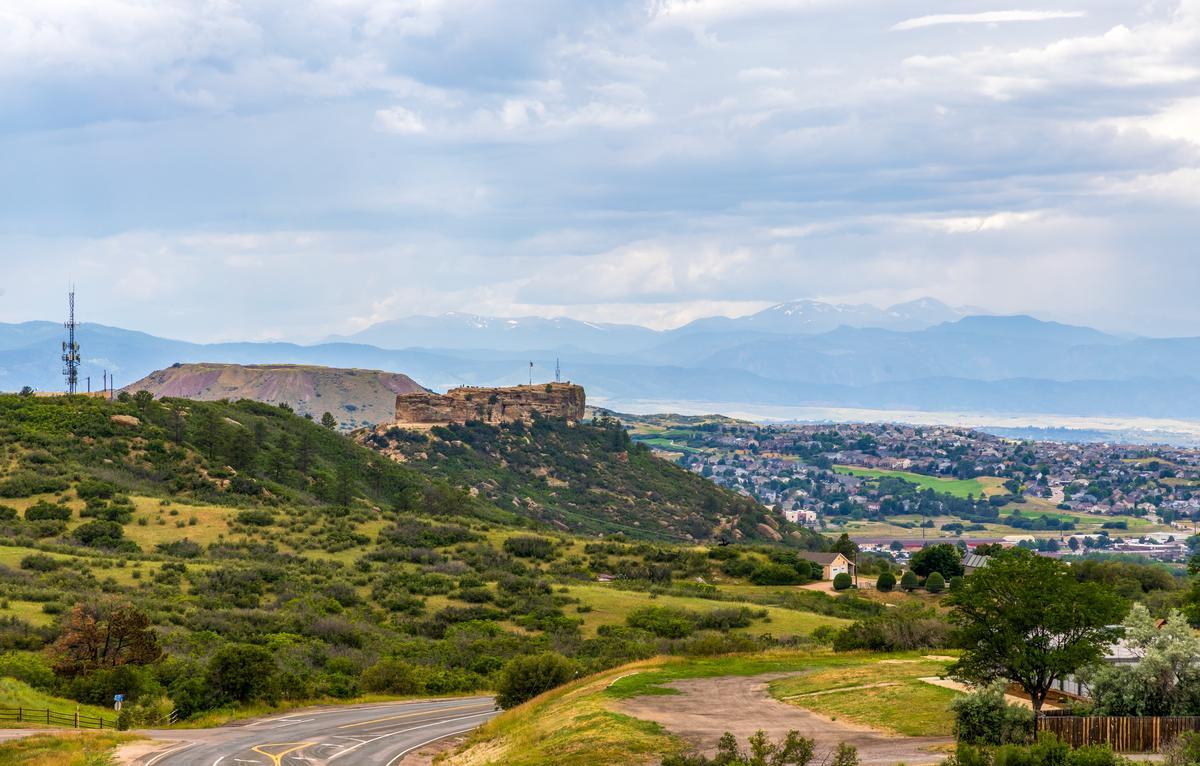
11. Castle Rock, Colorado
I was blown away by this town, dramatic buttes and rocky outcrops rising above the rolling Colorado plains, pine, dotted ridges stretching toward the Front Range, and a vibrant downtown that balances small-town charm with outdoor adventure.
After a 40-minute drive south from Denver, I found a community that felt both rugged and welcoming, part natural playground, part family-friendly hub. Over three days of our stay at Best Western Plus Castle Rock I hiked up to Castle Rock’s namesake volcanic butte in Rock Park for sweeping views of the Rockies, scrambled through the red sandstone canyons of Castlewood Canyon State Park, and checked out the scenic East Plum Creek Trail.
In town, I browsed boutiques and cafés in historic downtown, cooled off at the Miller Activity Complex with its indoor water slides, and attended a evening concerts under the stars at Philip S. Miller Park.
What I loved best:
My food highlight was brunch at Crave Real Burgers. I had a bison burger with roasted poblanos, smoked gouda, and chipotle aioli on a housemade bun. It smelled like char and spice, the meat tender and rich. We split a side of truffle fries.
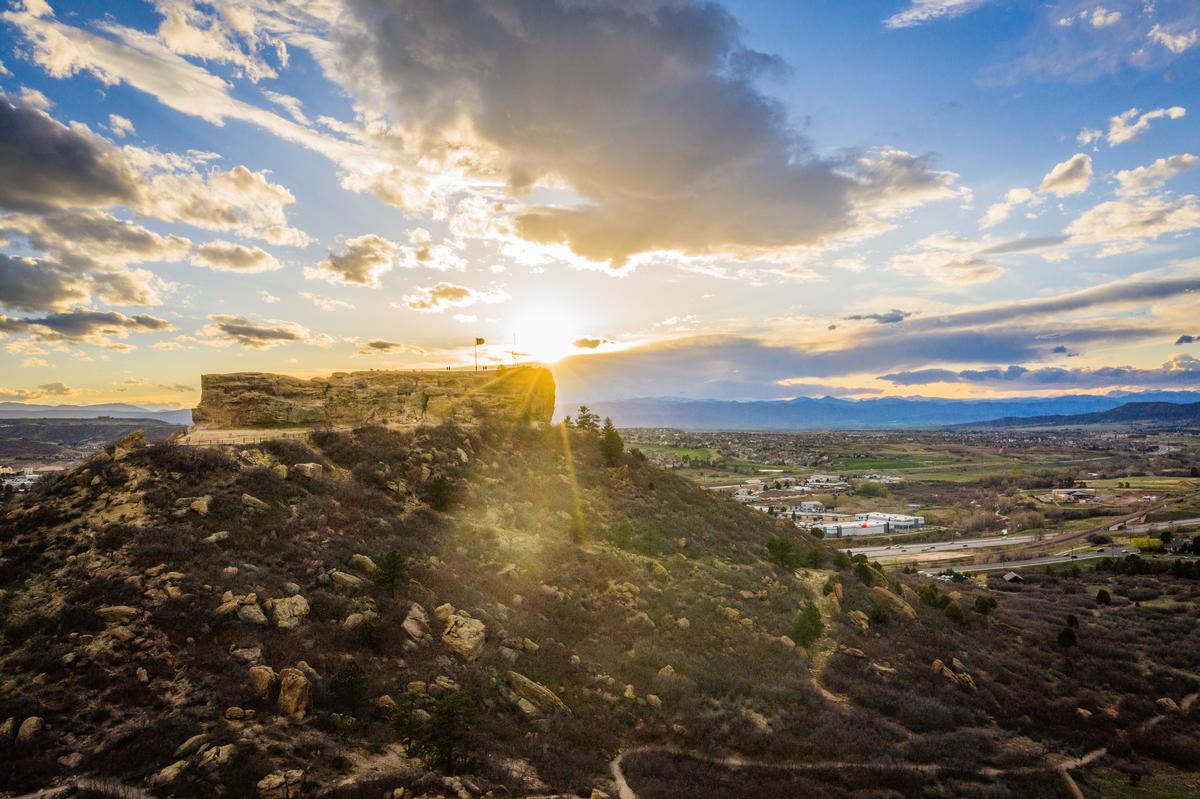

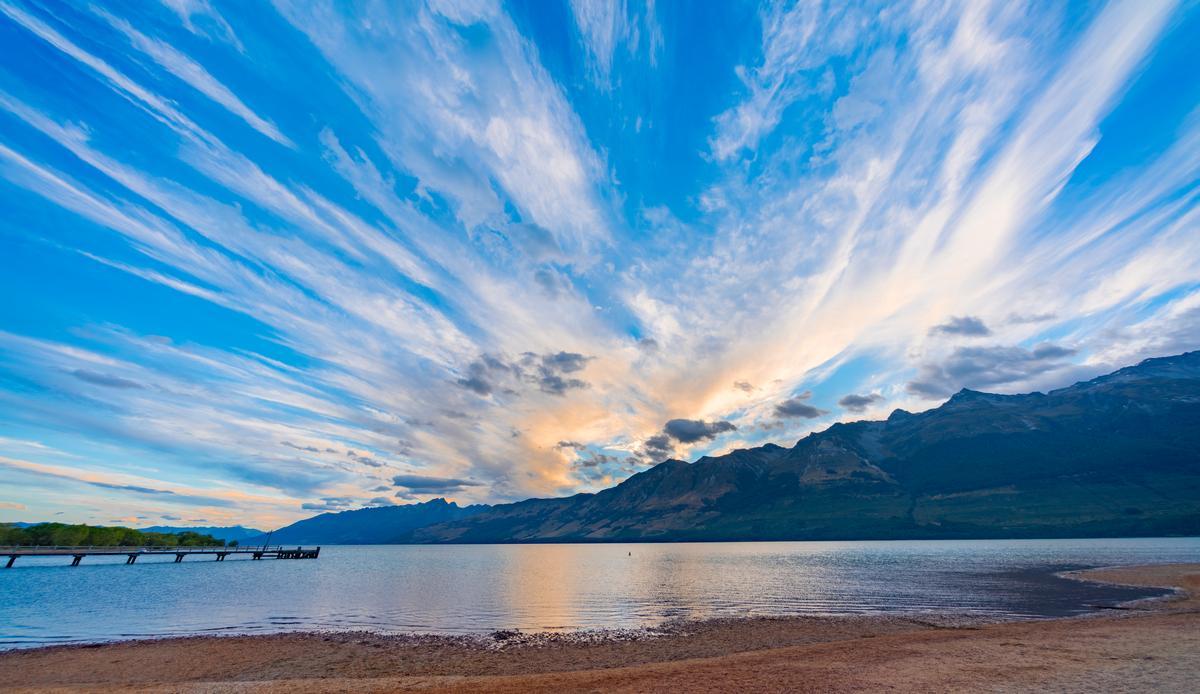
12. Queenstown & Glenorchy, New Zealand
We spent two months based in various vacation rentals here and although it wasn't technically our anniversary, I thought that this would easily be a fantastic anniversary idea as well. It's got a bit of mystery and magic and I think that's why the Lord of the Rings was filmed here.
You can drive through Otago wine country, hold hands on the Glenorchy jetty at dusk after watching an incredible sunset, take the Skyline gondola up for a view and end the day with great food in Queenstown (dinner at Rata for example is very romantic).
One negative for me was the landing at Queenstown airport was very rough. The airport is between two mountain peaks and even in late spring (December), the ride during the last 15 minutes was extremely bumpy, probably among my top three scariest landings! Despite this, Queenstown is one of my top recommendations for a unique couples' aniversary vacation idea.
What I loved best:
Scenic drive around the lake was my favorite!
For me, Queenstown is one of the best spots for a cool Anniversary trip. It's romantic, secluded, and a favorite escape I can’t wait to return to!
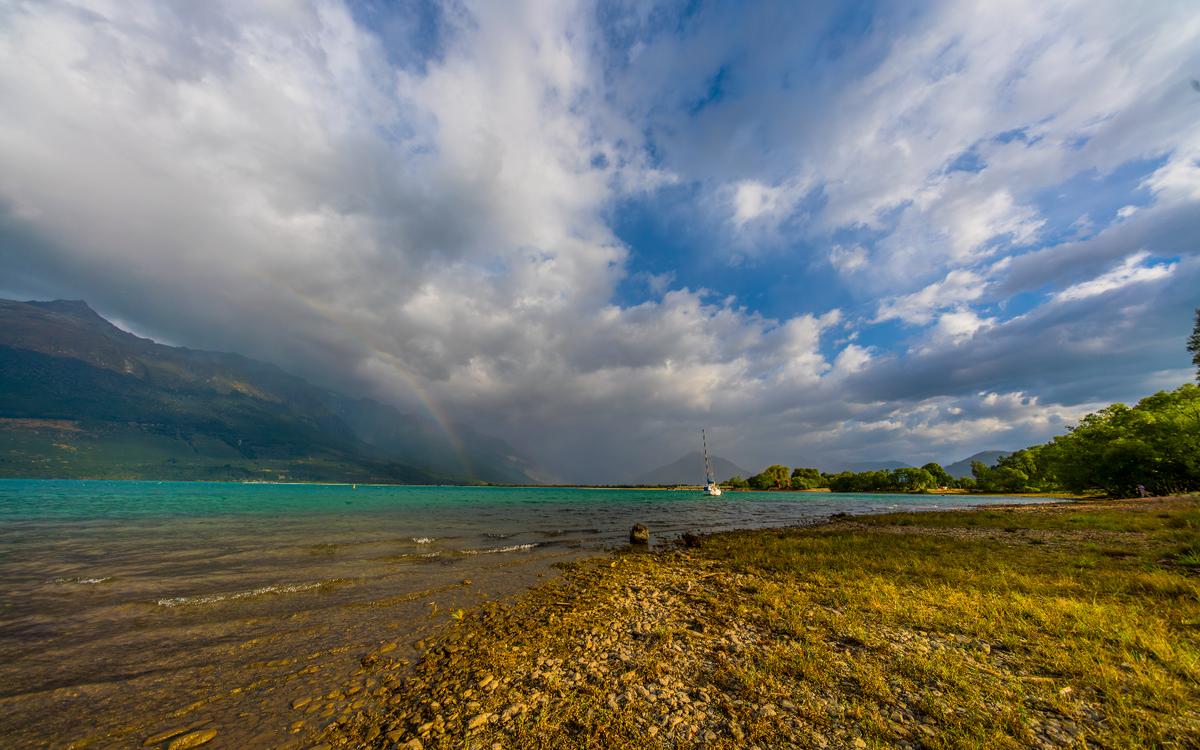
Conclusion
There are so many possibilities for a cool anniversary trip that the only hard thing is what to choose. I would consider the season, how much time you have to get away and budget decide. Remember to pack something special to surprise your partner with, like an old photo or share a memory, or call ahead and have the hotel put a special surprise in your room. In the end, what's most important is being thoughtful. My husband always is and I love him for that. My point being that it's not about how much you spend or how far you go if you are thoughtful on your anniversary.
Booking Checklist
1. Book Your Flight - I use Expedia because I like their mobile app with my itinerary. They've helped me re-book flights on many occasions. Once you reach their Gold tier, support is especially good.
2. Book Your Hotel - I use Booking.com or Expedia, depending on my destination.
3. Book Your Rental Car - I use Expedia.
4. Book your tours on Viator or Get Your Guide.
5. If you are planning to visit more than three national parks in the next 12 months, buy the America the Beautiful Pass.
